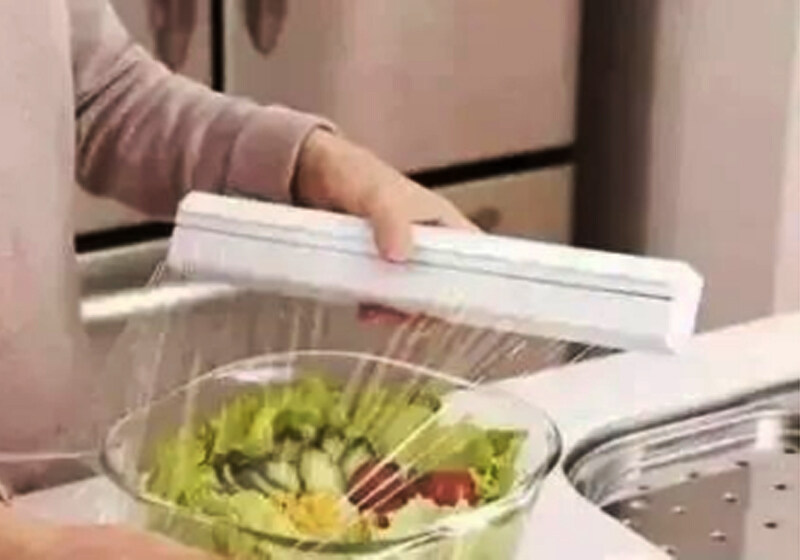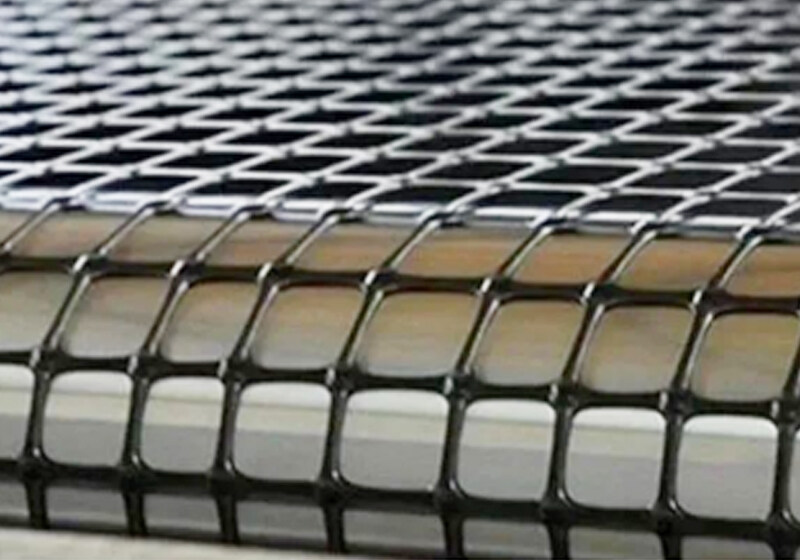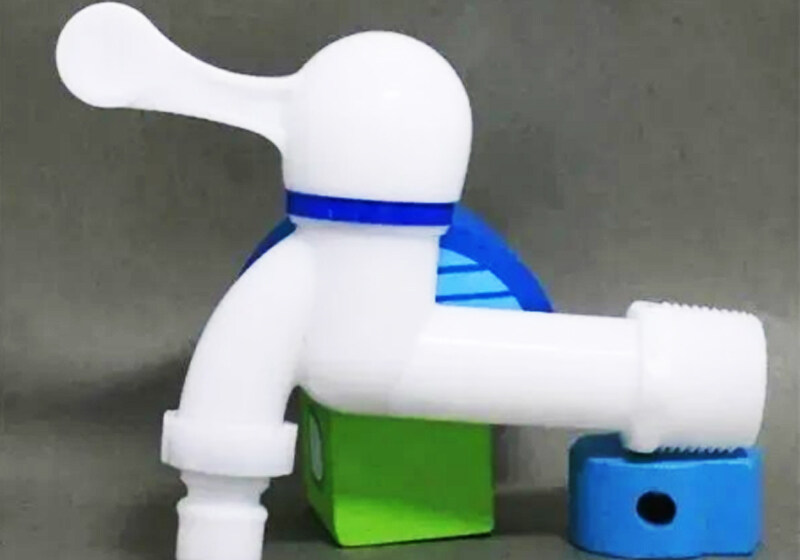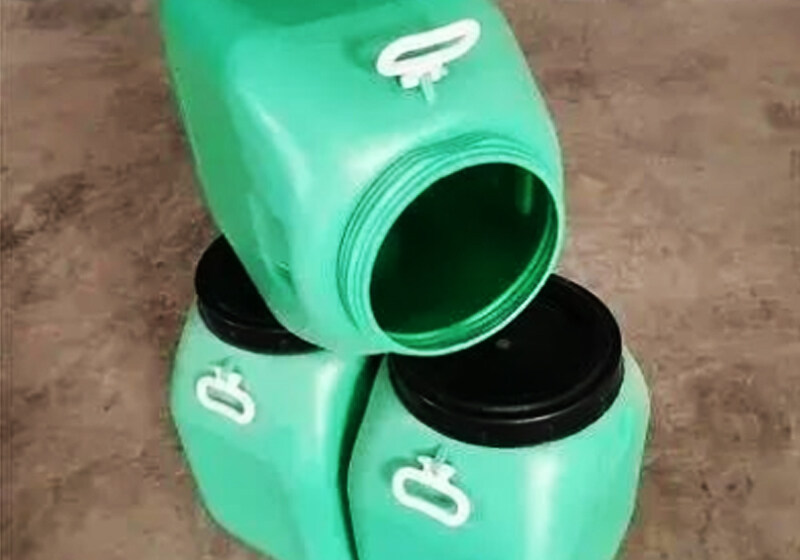Email format error
Email cannot be empty
Email already exists
6-20 characters(letters plus numbers only)
The password is inconsistent
Email format error
Email cannot be empty
Email does not exist
6-20 characters(letters plus numbers only)
The password is inconsistent


Plastic Performance Overview: Physical, Mechanical, Aging, and Thermal Properties
Physical Performance
01 Permeability
Permeability is expressed in terms of permeability and permeability coefficient. Permeability refers to the volume of gas that passes through a certain thickness of plastic film in 24 hours per square meter of area at a pressure of 0.1 MPa. The permeability coefficient is the amount of gas that passes through a unit area and unit thickness of plastic film under unit pressure per unit time.

02 Moisture Permeability
Moisture permeability is expressed in terms of permeability and permeability coefficient. Moisture permeability refers to the mass of water vapor that passes through a square meter of film in 24 hours under a certain vapor pressure difference and film thickness. The moisture permeability coefficient is the amount of water vapor that passes through a unit area and thickness of the film per unit pressure difference per unit time.
03 Water Permeability
Water permeability is determined by observing the degree of water permeation of the tested sample under a certain water pressure for a certain time.
04 Water Absorption
Water absorption refers to the amount of water absorbed by a sample of specified size immersed in distilled water at a certain temperature for a certain time.
05 Relative Density and Density
Relative density is the ratio of the mass of a sample to the mass of water of the same volume at a certain temperature. Density is the mass of a unit volume of material at a specified temperature, expressed in kg/m3, g/m3, or g/mL.
06 Refractive Index
The refractive index is the ratio of the sine of the angle of incidence to the sine of the angle of refraction when light enters the second medium from the first medium (except for direct incidence).
07 Light Transmission
The transparency of plastic can be expressed by light transmittance or haze. Light transmittance refers to the percentage of light flux passing through a transparent or translucent body to its incident light flux. Light transmittance is used to characterize the transparency of materials, and the instrument used is a total light transmittance meter, such as the domestic integral sphere type A-4 photometer. Haze refers to the cloudy or opaque appearance of transparent or translucent plastics caused by light scattering internally or on the surface, expressed as the percentage of light flux scattered forward to the light flux passing through.
08 Gloss
Gloss refers to the ability of an object's surface to reflect light, expressed as the percentage of reflected light quantity relative to the standard surface in the specular reflection direction (glossiness).
09 Shrinkage Rate = Shrinkage Amount x 100%
Mechanical Performance
01 Tensile Properties
Tensile strength, elongation at break, tensile modulus of elasticity, Poisson's ratio, strain, tensile stress-strain curve.

02 Impact Properties
(1) Cantilever Beam Impact Strength: The cantilever beam impact test uses a cantilever beam impact tester to apply an impact load to a sample clamped vertically under specified standard test conditions, causing the sample to rupture. It is a method to characterize the toughness of a material by the work consumed per unit width of the sample.
(2) Simple Supported Beam Impact Strength: The simple supported beam impact test uses a simple supported beam impact tester to apply an impact force to a sample placed horizontally and supported at both ends under specified standard test conditions, causing the sample to rupture. It is a method to characterize the toughness of a material by the work consumed per unit cross-sectional area of the sample.
03 Compression Properties
Including compressive stress, compressive strain, compressive deformation, compressive load-deformation curve, compressive yield stress, compressive off-axis yield stress, compressive strength, aspect ratio, compressive modulus.
04 Flexural Properties
The flexural properties of engineering plastics are one of the important properties to measure the plastic when subjected to bending loads, divided into deflection, bending stress, and bending strength.
05 Shear Properties
(1) Interlaminar Shear Strength: Interlaminar shear strength refers to the relative sliding between adjacent layers of fiber-reinforced plastics in the parallel layer direction, and the resistance to shear stress generated by interlaminar shear is called interlaminar shear strength.
(2) Stamping Shear Strength: The shearing that occurs when a laminated material is subjected to shear stress in the vertical lamination direction is called stamping shear, and the ability to resist shear stress generated by stamping shear is called stamping shear strength. For plastic sheets reinforced with glass fiber fabric, this strength is also called fracture shear strength, and for short-cut glass fiber-reinforced plastics, it is called shear strength.
(3) Hard Microcellular Plastic Shear Strength: The shear strength of hard microcellular plastics is the shear force borne per unit shear area when hard microcellular plastics fail under shear.
06 Hardness
Hardness refers to the ability of plastic to resist the penetration, scratching, or rebound of other materials or objects. Hardness is a conditional quantitative reflection of the degree of material softness and hardness, and it is not a purely determined physical quantity. It is a comprehensive performance parameter composed of material's plasticity, elasticity, toughness, and other mechanical properties. The magnitude of the hardness of engineering plastics is not only related to the characteristics of the material itself but also largely depends on the test conditions and measurement methods.
07 Tear Resistance
The tear resistance of plastic is the degree to which soft or thin plastic resists tearing. Methods for measuring the tear resistance of plastics include Elmendorf tear method, trouser tear method, and soft foam plastic tear method.
08 Fatigue Properties
Fatigue properties refer to the process of local structural changes and internal defect development caused by materials undergoing alternating cyclic stress or strain, which leads to a decrease in the mechanical properties of the material and eventually to cracking or complete fracture.
Thermal Performance
01 Load Thermal Deformation Temperature
The load thermal deformation temperature refers to the temperature at which a rectangular plastic sample with a certain size is immersed in a heat-conducting medium with a constant temperature rise rate. Under the action of a three-point bending static load, the sample bends and deforms to a specified value.

02 Vicat Softening Point
The Vicat softening point refers to the temperature at which a needle with a specified load and a cross-sectional area of 1 mm2 is placed on the sample under a constant rate of temperature rise, and the temperature when the needle penetrates the sample by 1 mm.
03 Martens Heat Resistance Temperature
The Martens heat resistance temperature refers to the temperature at which a sample undergoes bending deformation under a certain bending torque and a constant rate of temperature rise in a certain environment.
04 Melt Mass Flow Rate and Melt Volume Flow Rate
The melt mass flow rate (MFR) and melt volume flow rate (MVR) refer to the mass or volume of molten plastic passing through a specified standard orifice every 10 minutes at a certain temperature and pressure. It used to be commonly referred to as the melt index, colloquially known as the melt flow index, and also known as the melt flow rate. The melt mass flow rate is expressed in g/10min, and the melt volume flow rate is expressed in cm3/10min.
05 Glass Transition Temperature
The process by which amorphous or semi-crystalline or non-crystalline polymers change from a visc